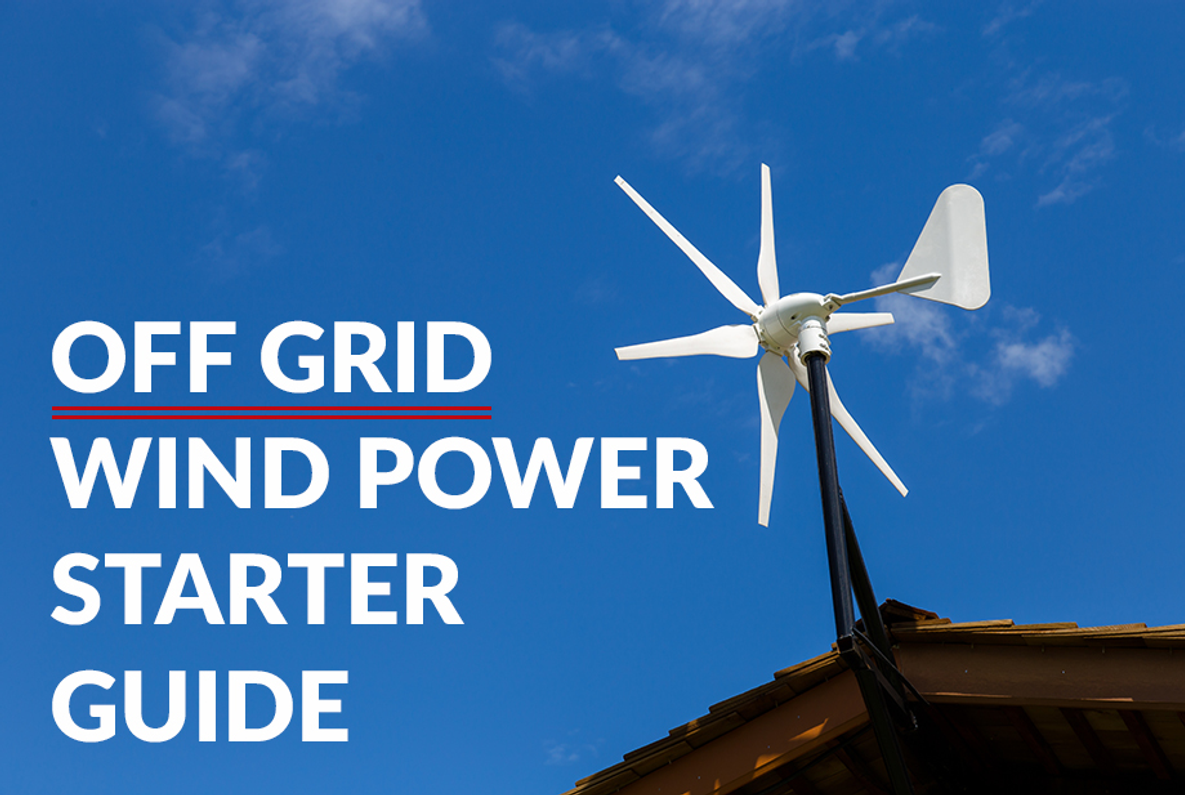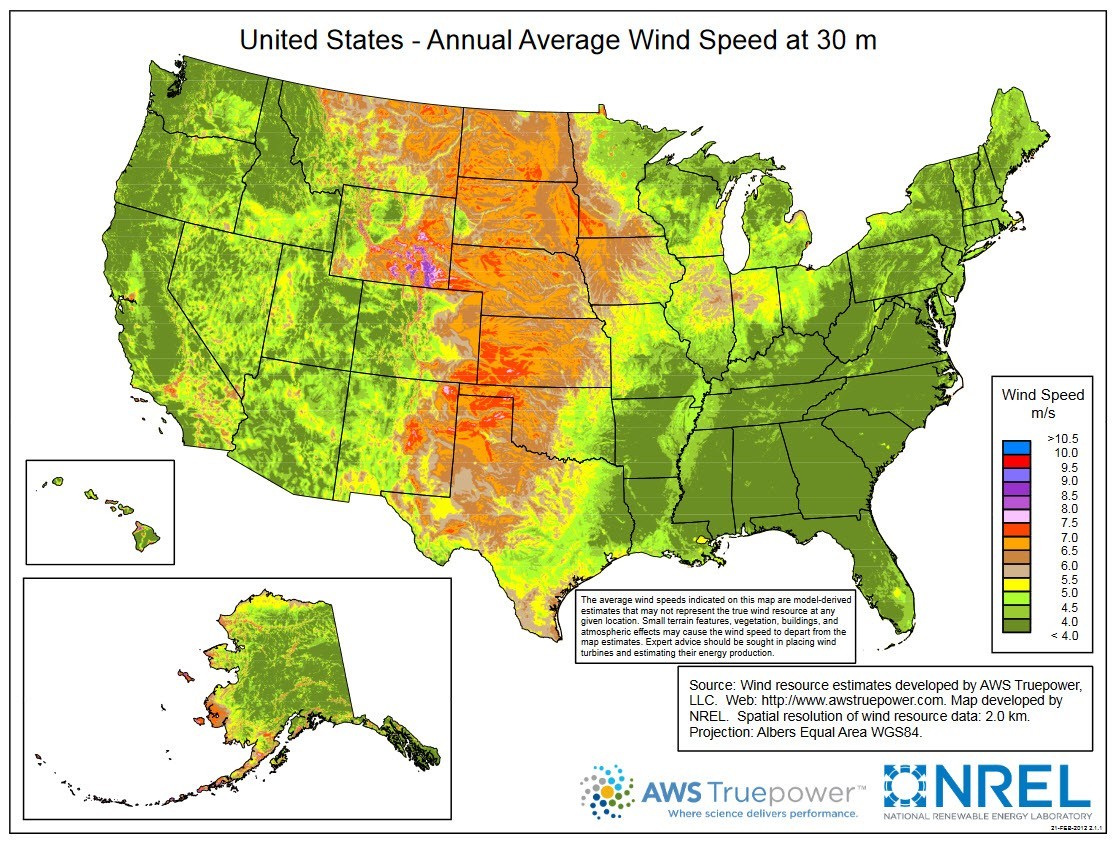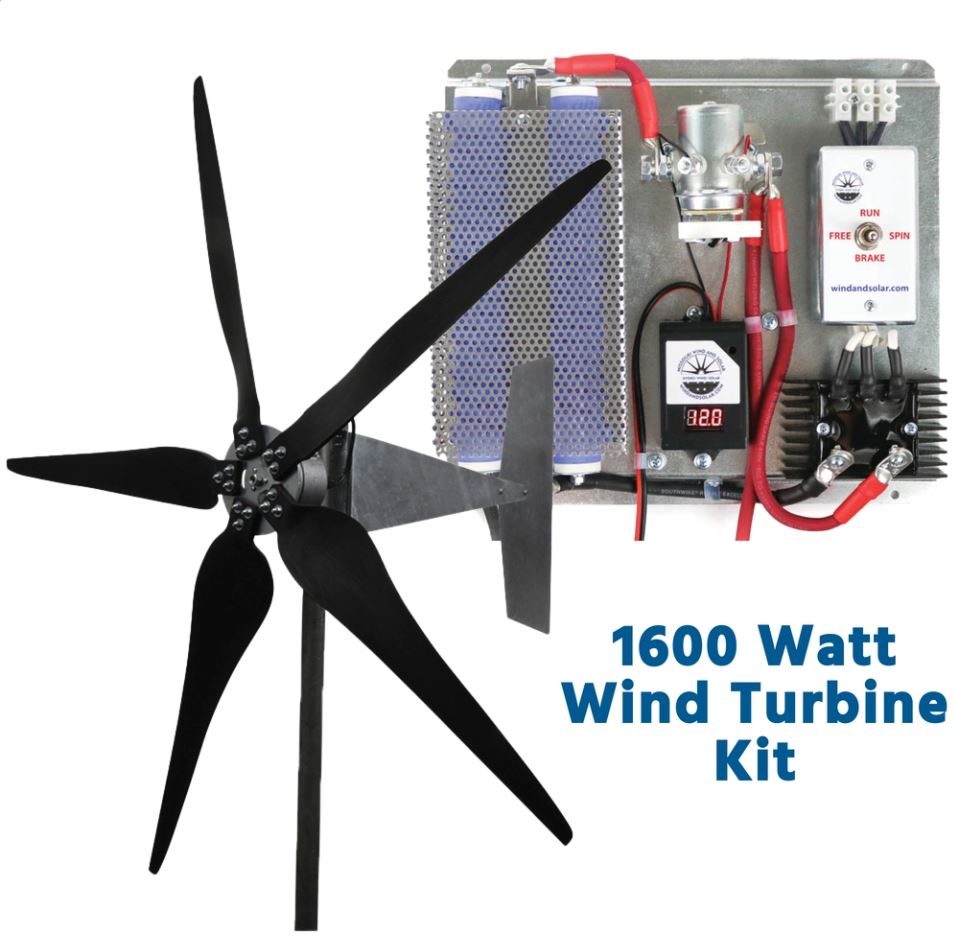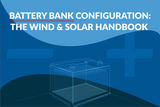Off Grid Wind Power Starter Guide
Off Grid Wind Power Starter’s Guide
Newcomers to renewable energy are often intrigued by the possibilities of wind power—with good reason. Harnessing the power of wind technology that humanity has used for centuries to make yourself energy independent is a goal for more people every year.
How do you set up your own wind power system? How do you move yourself off grid? The answers to these questions require looking at a lot of different factors, which can feel quite overwhelming to anyone trying to get on board.
Fortunately, our experienced team is here to guide you through the basic information you need to know if wind power is your key to energy independence, getting off the grid, and generating your own power.
Here we’re going to help you build a strong foundation of knowledge regarding off grid wind power systems, so you are empowered to make the best choices to meet your energy goals.
To do this, we’re going to divide this guide into three parts: the basics of wind power, the basics of off-grid power, and introduction to some sample packages that might be a good fit for you and your set up.
Is Wind Power Right for You?
The one crucial ingredient to make off grid wind power work no matter who you are, where you live, or how much power you need is…wind.
Of course, there are other factors from your turbine to your tower to your batteries, but if the wind doesn’t blow where you live, your wind turbine becomes more of a sculpture than anything else.
Just how much wind do you need to make wind power effective? Most units can start generating power at wind speeds of about 6.7 miles per hour (mph).
But the bare minimum wind speed isn’t going to cut it when it comes to providing you real, dependable power. If you are consistently getting weak output from your turbine, you likely need to seek a windier spot or higher mount for it.
Your turbine and generator are rated for a maximum level of power output, typically seen in 35 mph and above. Why such a high rating if that isn't the average output? So that the rest of the system can be designed to withstand those voltage spikes in high wind gusts and prevent damage to your electronics.
While sustained 35 mph winds are not the norm for most people, we do recommend a tower that can be lowered in extreme weather conditions to prevent objects from striking the wind turbine, causing damage.
If you don’t know the average wind speed where you intend to install your turbine, the National Oceanic and Atmospheric Administration (NOAA) provides a map that is, if nothing else, a good start. We also suggest Windy.com
When checking resources for average wind speeds, be sure to keep an eye out for miles per hour (mph) vs. meters per second (m/s). Google can convert these numbers easily.
There are issues with the NOAA map, however. First is that it only gives speeds at 10 meters (just under 11 yards) above the surface. Wind speed increases with altitude, so the higher you mount your turbine, the better performance you’ll get.
You may not be able or willing to put up a 60-foot pole for your turbine, and that’s absolutely fine. But just know that getting above nearby structures and trees is a must. We suggest NOAA, NREL, and Windy.com keeping in mind that your specific site may differ from their numbers.
If your property is on an open plain, it’s practically a no-brainer setting up your turbine to catch the wind that comes whipping along.
For everyone else, geographic features like mountains, trees, and water can all impact the actual wind your turbine can collect. Some features dampen wind and some channel it, creating narrow passages which can accelerate wind and give you more bang for your buck.
Talk with one of our expert team members about your property to figure out what specific features can give your turbines a boost.
Supplementing Your Off Grid Wind Power
Once you’ve gotten a good idea of the amount of wind you can expect your turbines to catch, it’s time to take a hard look at your typical electricity use to see what you can realistically expect to power using wind.
Typically, HVAC systems are the biggest drain on your energy and we usually advise customers to use gas or wood for heating in the winter months. Electric water heaters also end up being a major energy sink.
For this reason, we strongly recommend a careful assessment of components to utilize in your overall alternative energy floor plan. Whether you choose to supplement with solar, gas, hydro, or some combination of these, you’ll risk less downtime and sacrifice fewer amenities.
As an additional bonus, lulls in wind speed often coincide with increases in solar power output, so your solar panels can frequently pick up some slack on an off day.
Weather conditions change, so going for a broader approach that incorporates solar panels and other tools will generally improve your experience—especially if you’re trying to power your entire property.
Off-Grid Power Basics
To rely solely on your off-grid wind power system, whether supplemented with solar or gas, can often mean making certain choices about your lifestyle based on your priorities. For some people, living disconnected from the power grid is more important than some of the conveniences that others consider essential.
To power a fully-stocked home with heat, air conditioning, and other amenities takes a lot of energy. A lightweight system intended for regular appliances or supplemental power is not going to cut it on its own.
For those looking to go fully off-grid, there are a few options.
We usually recommend that our customers wishing to be entirely self-reliant for power use gas for furnaces and water heaters, electric heat is very costly energy-wise.
Taking this burden off your system frees up power for your other AC appliances. We don’t just want you to switch to wind and solar power generation, we want you to thrive with it.
You could also consider a more robust wind power system than you might otherwise. An additional wind turbine or choosing a more efficient MPPT charge controller to feed your batteries can help overcome power deficits that would otherwise lead to downtime.
While the initial investment of an off-grid system may be high, it immediately begins to pay for itself.
Still other off grid wind power enthusiasts prefer to make up power deficits by reducing demand instead of increasing supply.
There are other ways to generate your own electricity without being fully off the grid.
A grid-tied system, fed by your wind and solar with the addition of batteries means you don’t have to produce all of your power but gives you assurance that you still have stored power if the grid goes down.
Whatever you choose, we ask you to consult with our team to make sure your system can deliver the power load you need to thrive in your renewable-powered place.
Wind Power Kits
If you feel ready to take the plunge into the world of wind power, try starting by examining our Wind Turbine Kits. These contain the main components you need to switch from the grid to wind power. Our all-in-one bundles also feature solar panels for a more complete system.
Once you have your feet under you, you can expand and customize your system to fit your needs with our range of accessories and tools.
On the other hand, if you feel like you need more personal guidance, please don’t hesitate to reach out to our team! For years we’ve built and improved systems to meet all sorts of needs, and we’re here to empower you to achieve your energy independence goals.
Recent Posts
-
Wind Turbine for Cabin | Alternative Energy for Remote Homes
Remote homes, whether cabins, hunting lodges, or vacation homes are excellent places to implement al …Dec 8th 2022 -
Lithium Ion Battery Pros & Cons | A User’s Guide
Lithium batteries are often seen as the vanguard of the alternative energy revolution. They offer …Nov 7th 2022 -
Battery Bank Configuration | The Wind & Solar Handbook
Your battery bank is, in many ways, the beating heart of your wind and solar system. Your panels and …Oct 19th 2022






